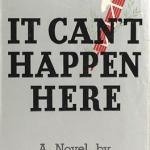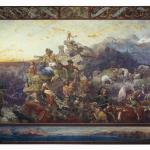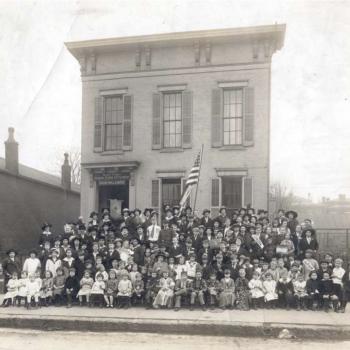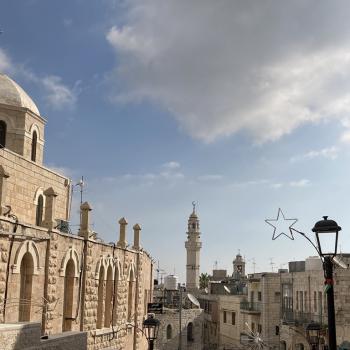I hail from a very well-traveled family. I spent ages 3 months to two-and-a-half years in Paris, France. (Tragically, I speak very little French as we moved there from Texas before either parent could master the language.) Before that, my parents lived in England for a time. My brother has lived in Japan, South Africa, Sudan, South Sudan, and Jordan.
I have only lived in France and the U.S., but in my (later) youth I traveled not only back to France but also to England, Mexico, Japan, and Italy. And then there was…a gap. For far too long—I won’t say how long—I was a blight to the family name. I never left the country. In my defense, I am an American historian, and I have been to 44 states. Nevertheless, I finally redeemed myself in 2023: it was a year of international travel. (As I wrote last month, 2023 was also a year of many books!)
I chronicled much of this travel, which actually began in late 2022, for the Anxious Bench. As I reviewed these posts, I noticed a theme: walls.
My travel started in Jordan. In my first reflection on this experience, I mused on differences: the differences between the culture of the United States and the culture of the Middle East. From traffic to product labeling to dress, some struck me as better, others as worse, and many as simply different—or a mix. Yet all these types of differences are a sort of wall: it takes effort to understand people who instinctively approach life in a significantly different way.
But it’s a porous wall. Much human experience is held in common. I later discussed my experience of Jordanian culture with a Jordanian friend in the United States, and it was easy to see how we each admired certain aspects of each other’s homelands.
After more than a week in Jordan, I crossed the border into the West Bank and Israel, where I visited both Bethlehem and Jerusalem. My reflection on this experience was about literal walls: the ones separating Jordan from the West Bank, the one separating the West Bank from Israel, the “Western Wall” separating the Temple Mount/Al-Aqsa Mosque from the rest of the Old City of Jerusalem, and the wall between the men’s and women’s sections in front of the Jewish side of that wall.
For those of you keeping score at home, that’s a lot of walls. It wore on me. The last one, while the least important, is the one that really hit home for me as a women’s historian: from Muslim head coverings for women to Orthodox Jewish laws of separation for the sexes, there are more divisions—physically—between women and men in the Middle East than in the United States.
When I posted my picture of the graffiti on the wall separating Palestine from Israel, I compared it to the similar graffiti on the more famous Berlin Wall. That more famous wall was built in the aftermath of the Nazi regime whose deadly antisemitism led to the creation of the modern state of Israel. Literally thousands of years of tensions now complicate the ability of Jews and Arabs to dwell peacefully together in the region.
When I made the comparison, I had no idea that only months later I would vacation in Berlin and post a picture of its wall in my reflections! The Berlin Wall was built not by the Nazis, but by the Soviet-controlled East German government. Its purpose was to keep the citizens of East Berlin from fleeing to the West. (The Red Army had liberated eastern Germany while the Western Allies had liberated western Germany, which became democratic.)
Unified modern Germany, though, was a parable of hope in the presence of walls: the repressive Nazi and East German regimes ultimately fell. Contemporary Berlin is free and democratic. What is left of the wall is covered in art celebrating freedom. My trip to Germany even included an experience of (castle) walls as comedy rather than tragedy. Yet the shadow of the Berlin Wall persists: Russia has once again violently pushed into Eastern Europe.
In my church, every week we pray for “peace in Israel, the Gaza Strip, and Ukraine”—the exact areas of the world still haunted by the walls I experienced firsthand this past year. Lord, have mercy. May it be so.













